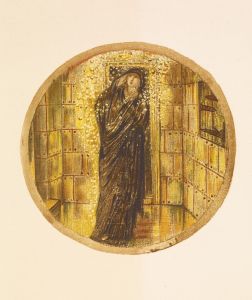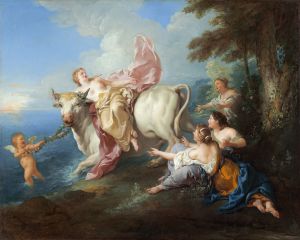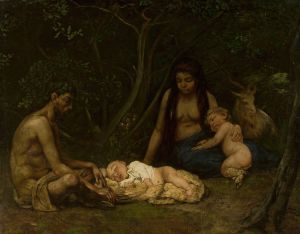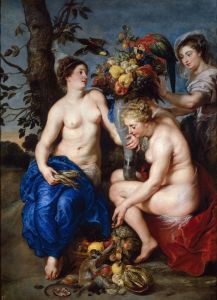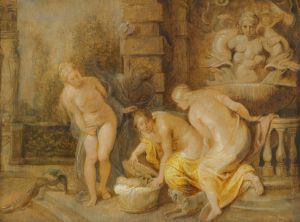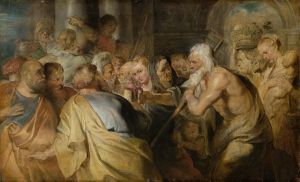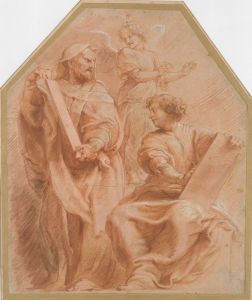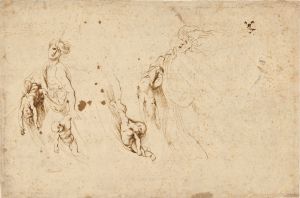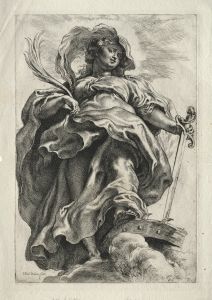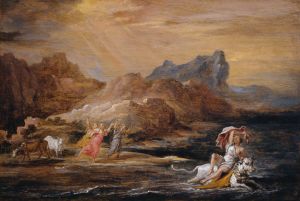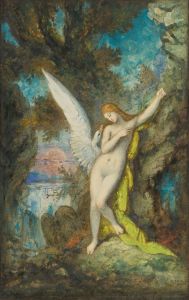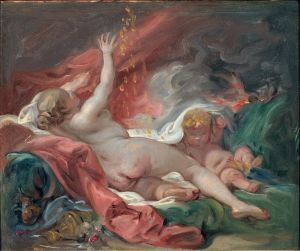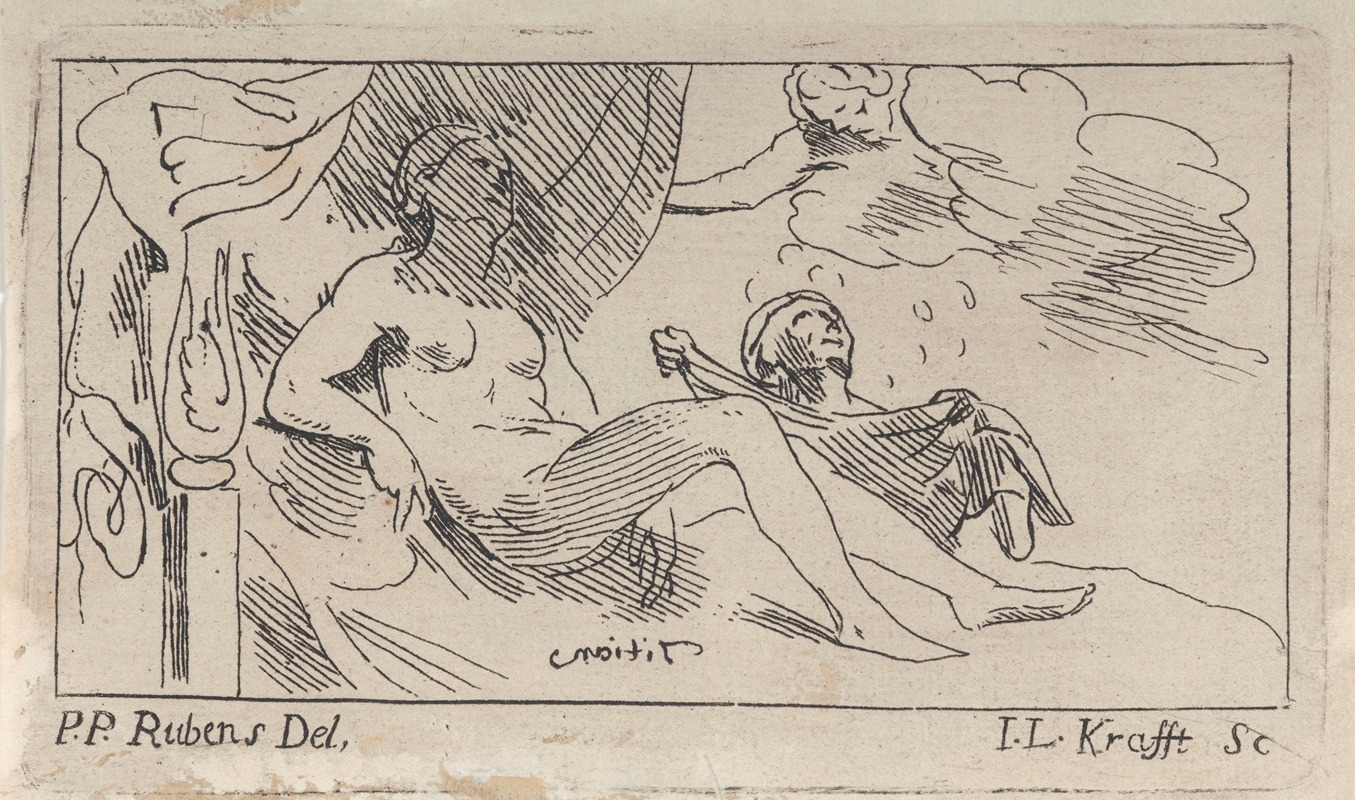
Danaë
A hand-painted replica of Peter Paul Rubens’s masterpiece Danaë, meticulously crafted by professional artists to capture the true essence of the original. Each piece is created with museum-quality canvas and rare mineral pigments, carefully painted by experienced artists with delicate brushstrokes and rich, layered colors to perfectly recreate the texture of the original artwork. Unlike machine-printed reproductions, this hand-painted version brings the painting to life, infused with the artist’s emotions and skill in every stroke. Whether for personal collection or home decoration, it instantly elevates the artistic atmosphere of any space.
Peter Paul Rubens' Danaë is a Baroque painting that depicts the mythological figure Danaë, a character from Greek mythology. Danaë was the daughter of King Acrisius of Argos, who was imprisoned in a bronze chamber to prevent her from bearing a child, as an oracle had foretold that her son would kill Acrisius. Despite her confinement, Zeus, the king of the gods, visited Danaë in the form of a golden shower, impregnating her and leading to the birth of Perseus, one of Greek mythology's most celebrated heroes.
Rubens, a Flemish artist renowned for his dynamic compositions, vivid use of color, and mastery of the human form, created this painting as part of his exploration of mythological and allegorical themes. In Danaë, Rubens captures the moment of Zeus's divine visitation. The painting is characterized by Rubens' signature style, which emphasizes sensuality, movement, and dramatic contrasts of light and shadow. Danaë is typically portrayed reclining, her body illuminated to highlight her beauty and vulnerability, while the golden shower descends upon her.
The exact date of the painting's creation is not definitively known, but it is generally attributed to Rubens' mature period, when he was at the height of his artistic powers. The work reflects the Baroque era's fascination with mythology, human emotion, and the interplay between the divine and the mortal.
As with many of Rubens' works, Danaë demonstrates his ability to blend classical themes with the artistic innovations of his time. The painting also showcases his skill in rendering textures, such as the softness of flesh, the richness of fabrics, and the shimmering quality of the golden shower.
The current location of Rubens' Danaë is not definitively established, as several versions and interpretations of the Danaë myth exist in the works of other artists, and some attributions to Rubens have been debated. It is important to distinguish Rubens' Danaë from other famous depictions of the same subject by artists such as Titian, Rembrandt, and Gustav Klimt.
Rubens' Danaë remains an important example of Baroque art, illustrating the era's engagement with classical mythology and its emphasis on dramatic, emotionally charged imagery. However, due to limited documentation and the existence of multiple versions of the Danaë theme, specific details about Rubens' painting, including its provenance and current location, are not fully established.





